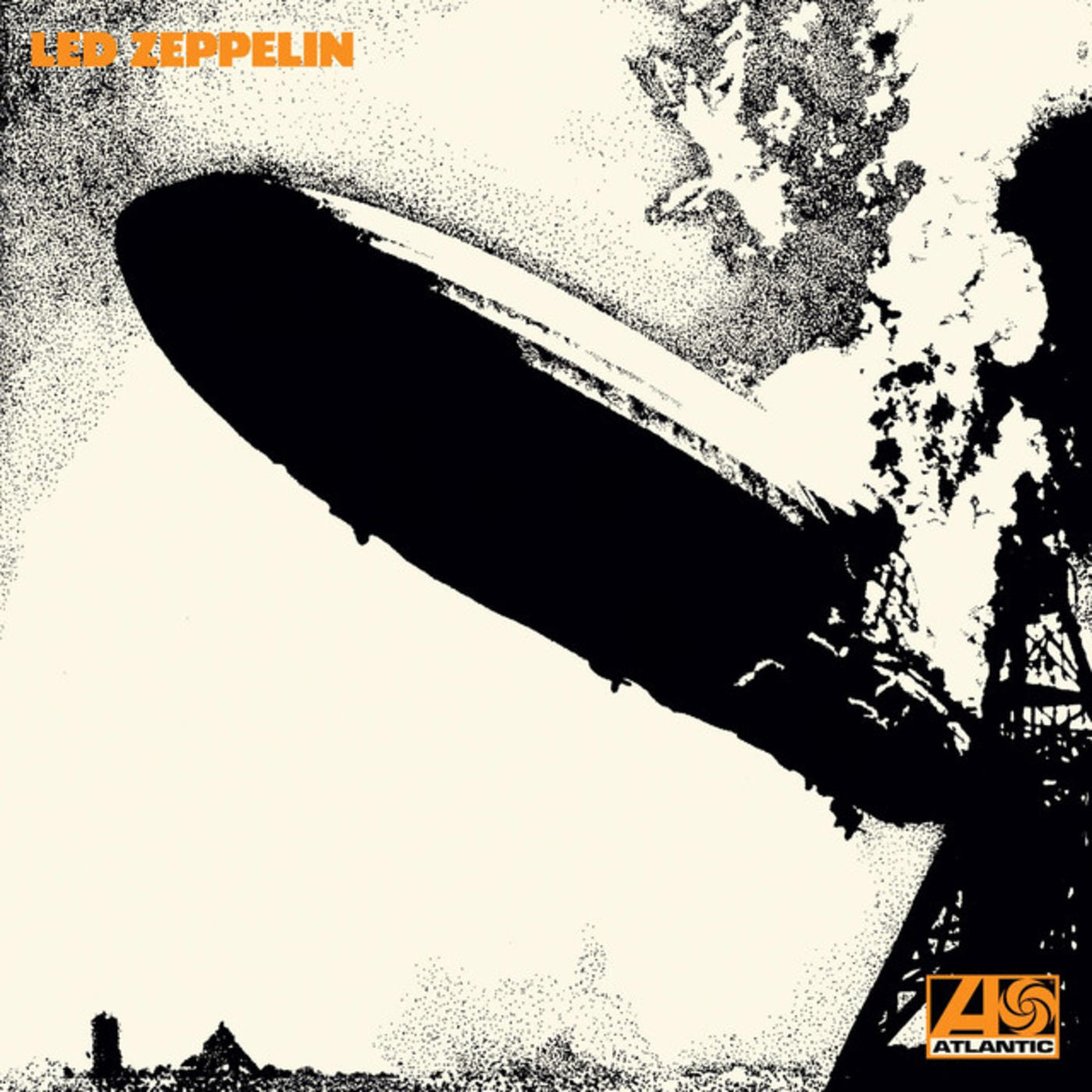Deep Dive: Led Zeppelin, HOUSES OF THE HOLY

By the year 1973, Led Zeppelin were kings on rock 'n' roll mountain. The band's untitled fourth album had been a breakthrough smash; featuring instant classics including "Stairway to Heaven" and "Rock and Roll," the monster LP reached #2 on the Billboard 200. The album that kept Jimmy Page and company from #1: Sly and the Family Stone's There's a Riot Goin' On. Solidifying their place at the peak of the rock world, the group's 1972 tour was a massive sold-out affair. Towards the end of the jaunt, the outfit debuted a handful of new songs: "Dancing Days," "Over the Hills and Far Away," and "The Ocean." Audiences were unaware at the time, but they were getting a sneak preview of Led Zeppelin's fifth studio effort, Houses of the Holy.
"It goes I, II and III, as you say, but then IV, there's still four symbols, so it still goes in digits [like IIII], you see," Page explained to Rolling Stone in 2014 about the album's title. "But [the fifth album] wasn't going to be Led Zeppelin Victory Sign [V]. So Houses of the Holy... It's about all of us being houses of the Holy Spirit, in a sense."
Recording for the album kicked off spring 1972 at Mick Jagger's Stargrove manor in Hempshire, England. Working with famed engineer, Eddie Kramer, the band began stretching stylistically, creating new music out of extended jams sessions: "When we first went down there, we had no set ideas," Page told biographer Ritchie Yorke. "We just recorded the ideas each one of us had at that particular time. It was simply a matter of getting together and letting it come out."
As for the pressure to create another hit in light of the stratospheric success of the fourth album, Page revealed that it just fueled their desire to take chances and ramp up the experimentation: "We felt that pressure, but though everyone was clamoring for another Led Zeppelin IV, it’s very dangerous to try and duplicate yourself,” Page revealed in the book Light And Shade: Conversations With Jimmy Page. "I won't name any names, but I'm sure you've heard bands that endlessly repeat themselves. After four or five albums, they just burn up. With us, you never knew what was coming next."
Released on March 28, 1973, Houses of the Holy introduced a whole new side of Led Zeppelin to the group's legions of faithful fans. Featuring the band's take on reggae ("D'yer Make'r"), Jame Brown ("The Crunge," with Page playing a Fender Stratocaster "to get that tight James Brown feel") and a George Harrison-inspired ballad ("The Rain Song"), the LP rocketed up the charts to peak at #1 on the Billboard 200 for the weeks of May 12 and May 19, 1973. It was toppled on June 3, 1973, by the Beatles' anthology 1967-1970.
"George was talking to Bonzo one evening and said, 'The problem with you guys is that you never do ballads,'" Page told biographer Brad Tolinski about the Harrison influence. "I said, 'I'll give him a ballad,' and I wrote 'Rain Song,' which appears Houses of the Holy. In fact, you'll notice I even quote 'Something' in the song's first two chords."
Critics, unsurprisingly, were eager to take down the rock gods new effort. Rolling Stone's scathing review went so far as to say "Houses of the Holy is one of the dullest and most confusing albums I’ve heard this year."
The critical jabs did little to derail the Led Zeppelin train, with the band embarking on a 1973 tour so large that they were inspired to utilize "The Starship," a former United Airlines Boeing 720 passenger jet. Sparing no expense, band manager Peter Green had the plane tricked-out to true rock god specifications: an overstuffed couch that ran the length of the plane, a fully-loaded brass bar boasting a built in electric organ, a state of the art Sony U-matic video player, a separate drawing room with a faux baronial fireplace, and a private master suite complete with shower and a waterbed bedecked in white fur.
Among the many antics that happened aboard The Starship: "John Bonham once tried to open the plane's door over Kansas City because he had to pee," in-house flight attendant Suzee told the New York Times in 2003.

